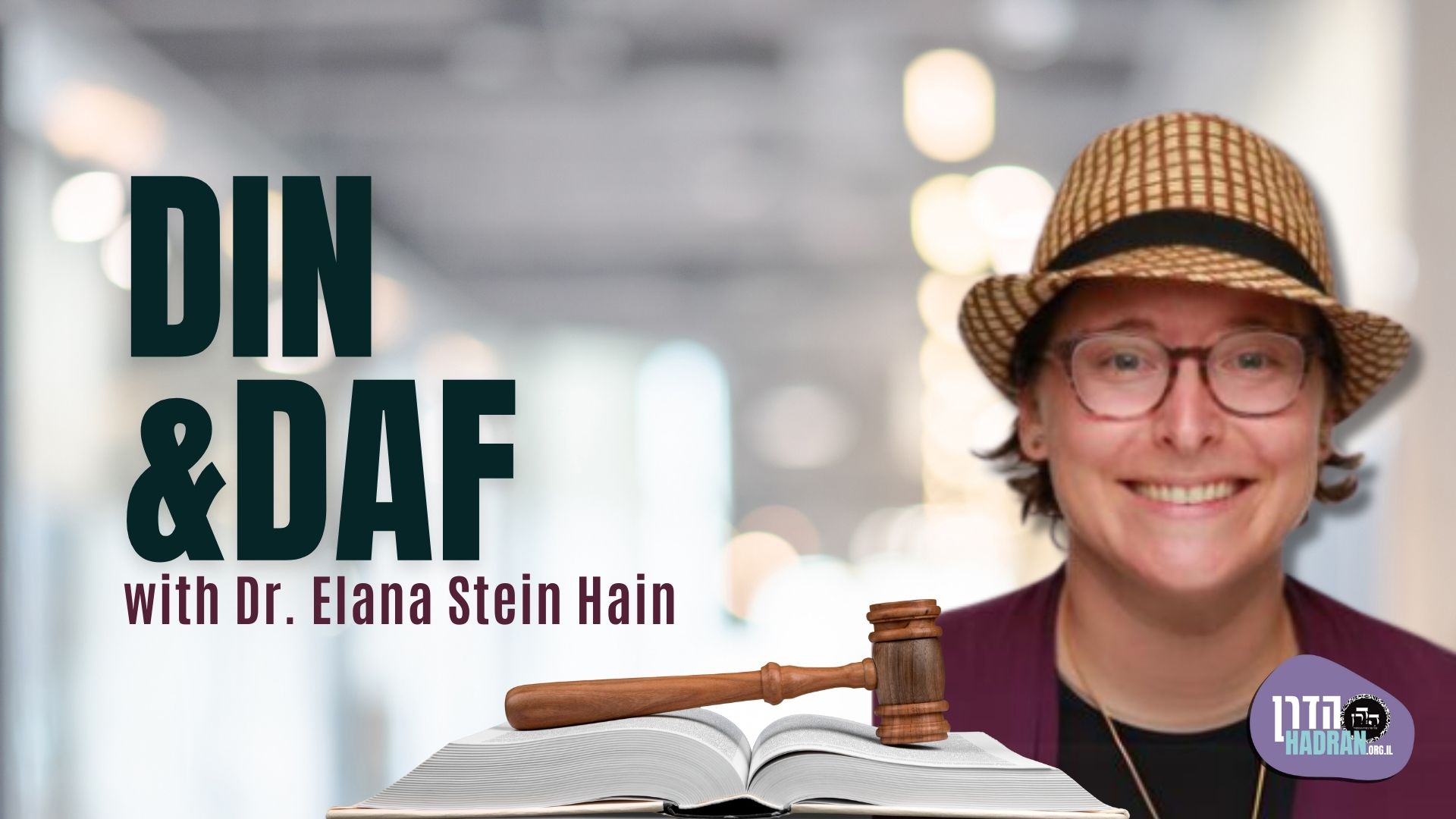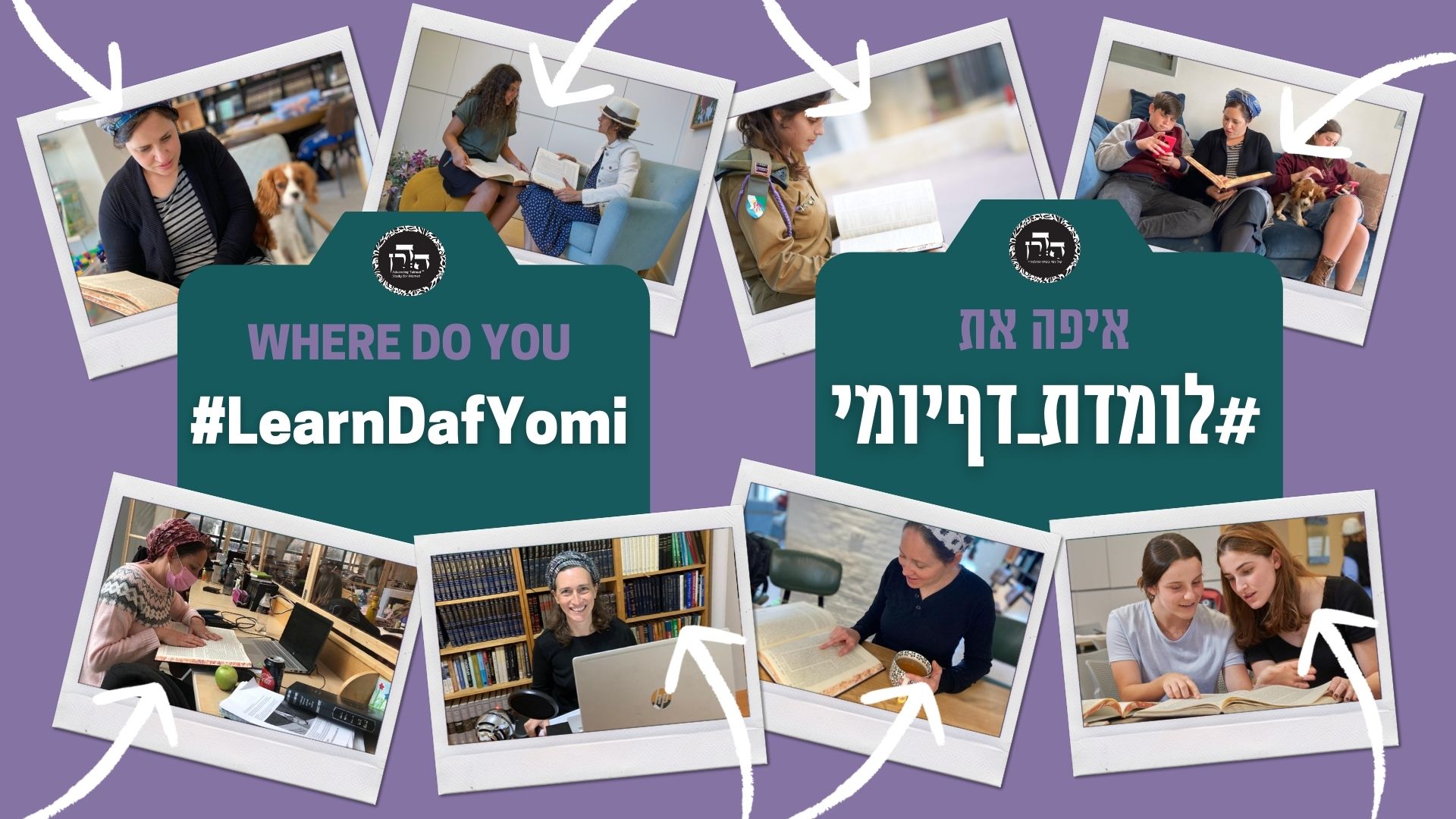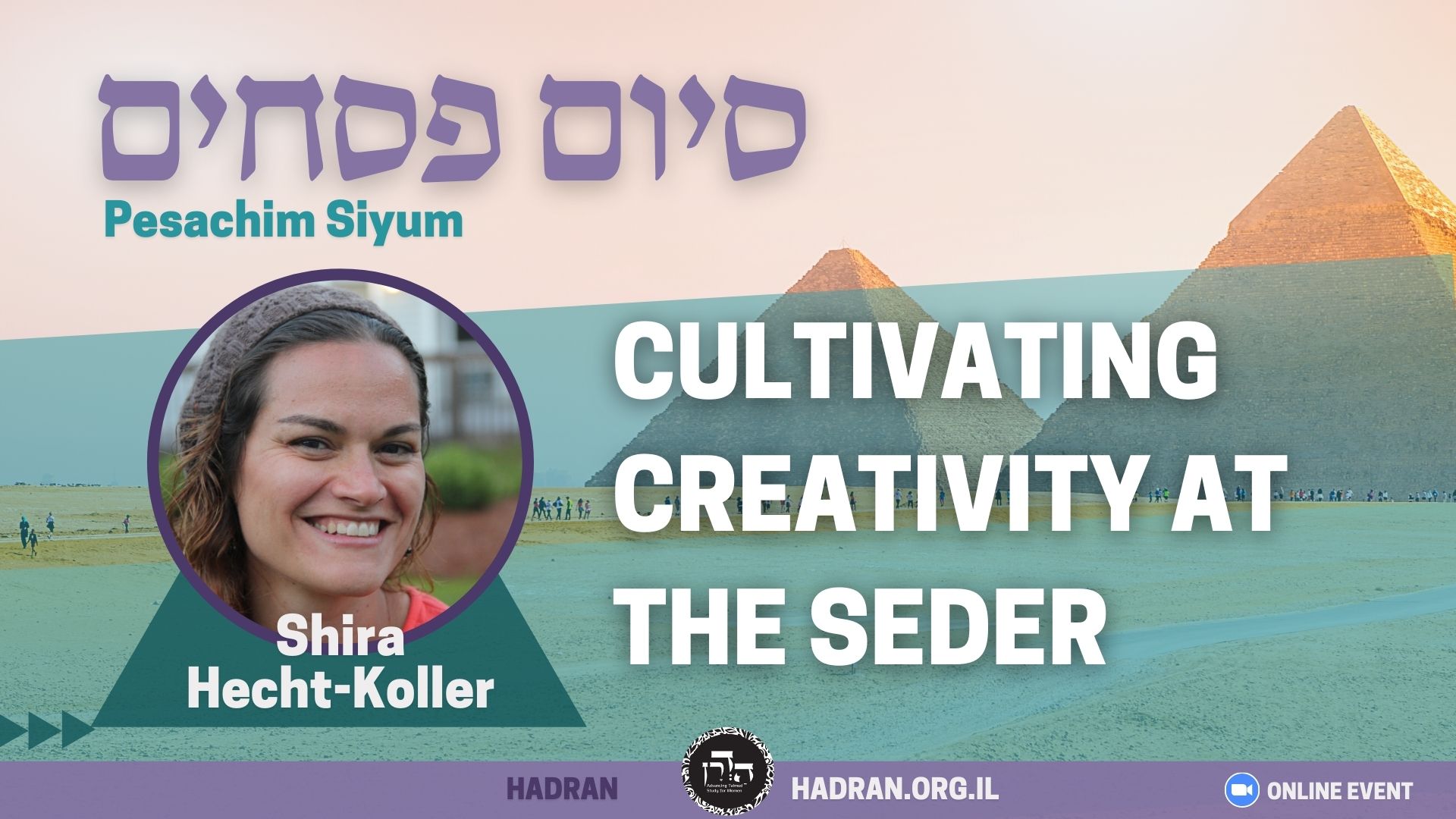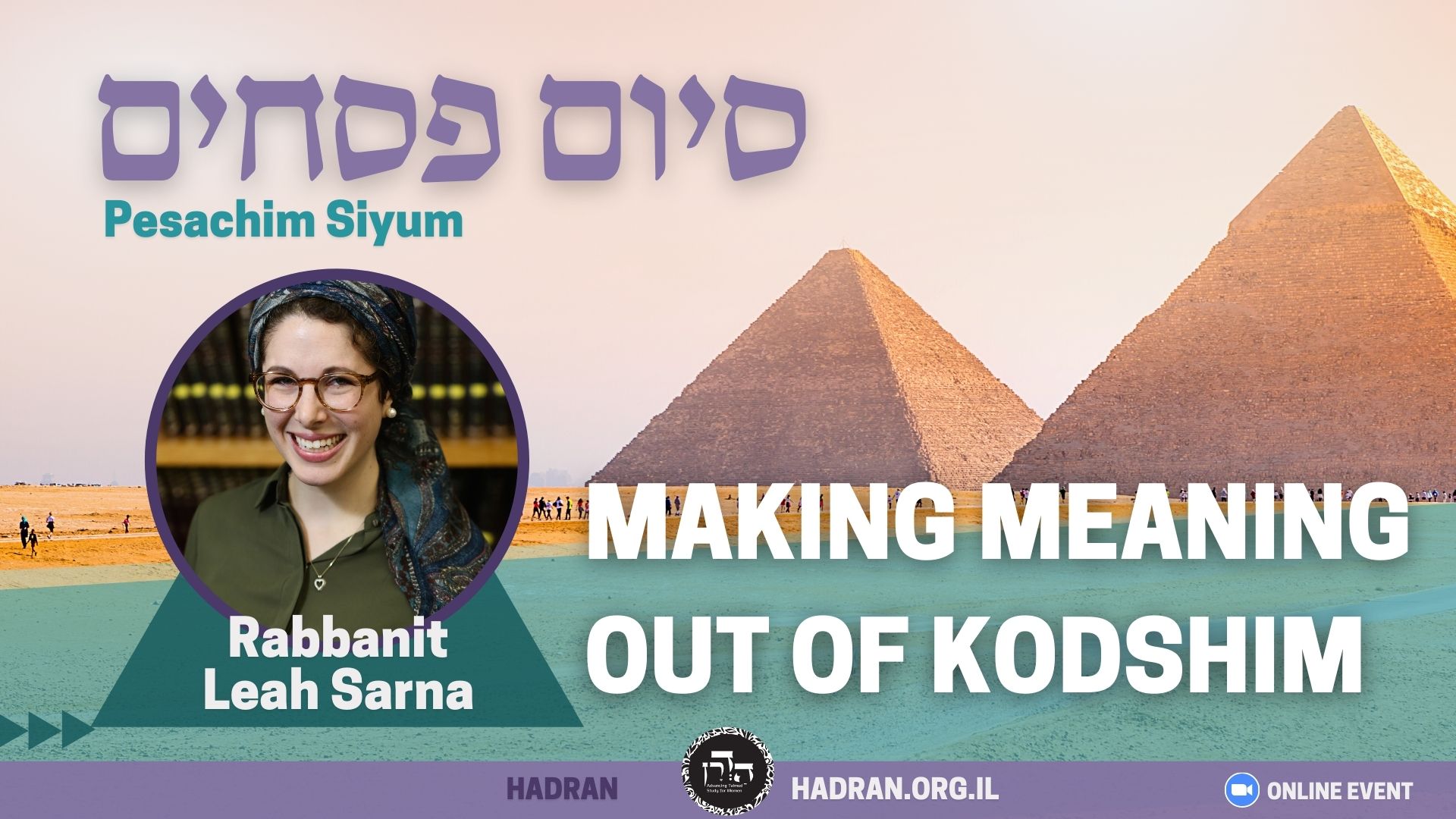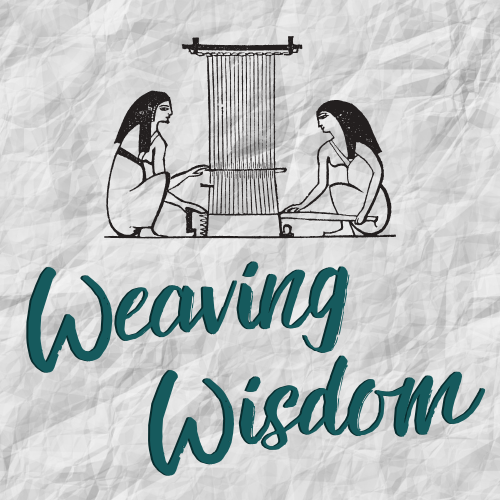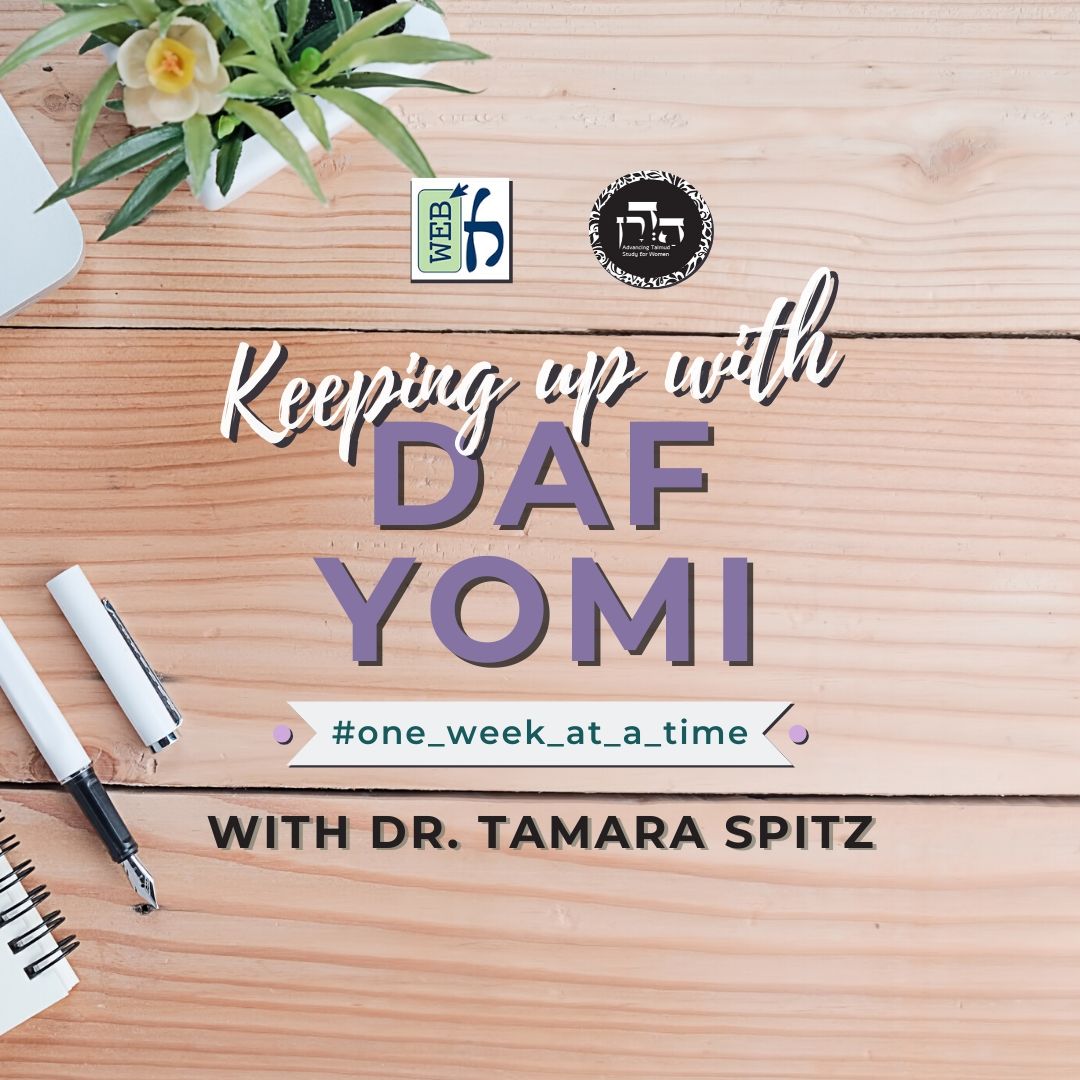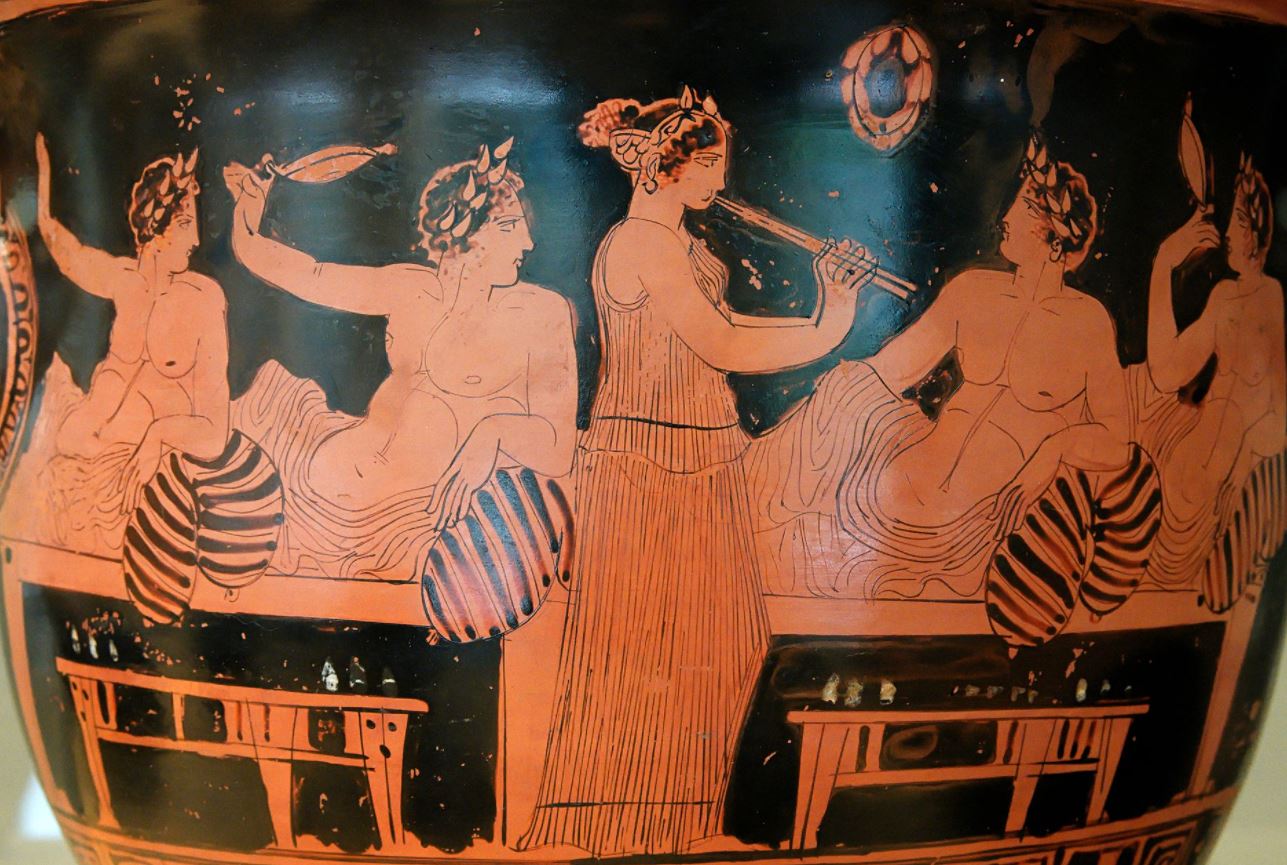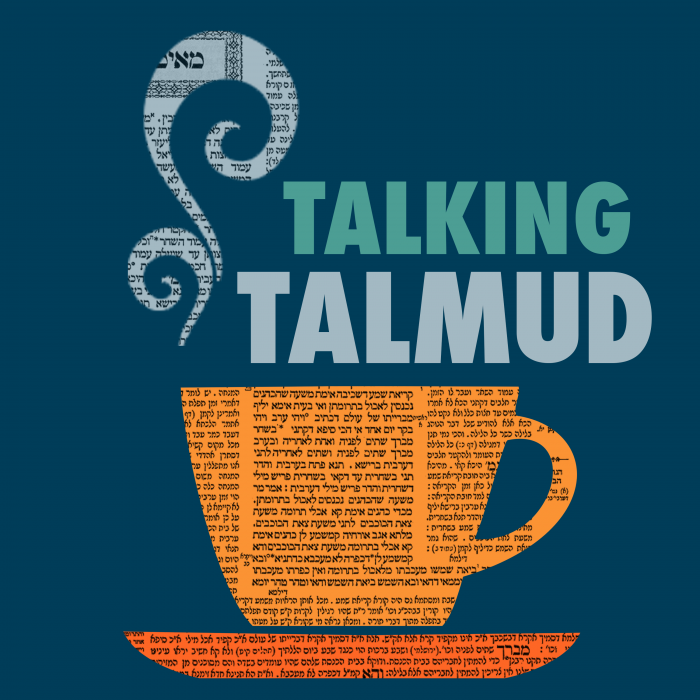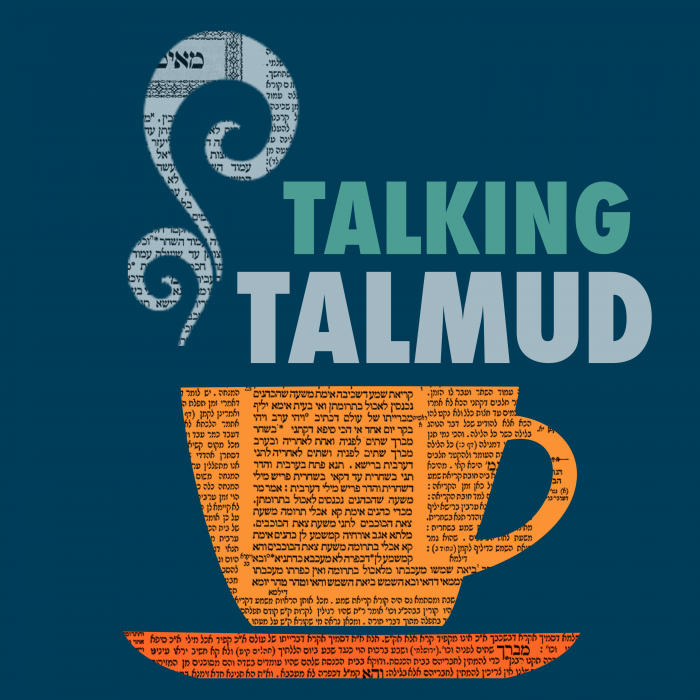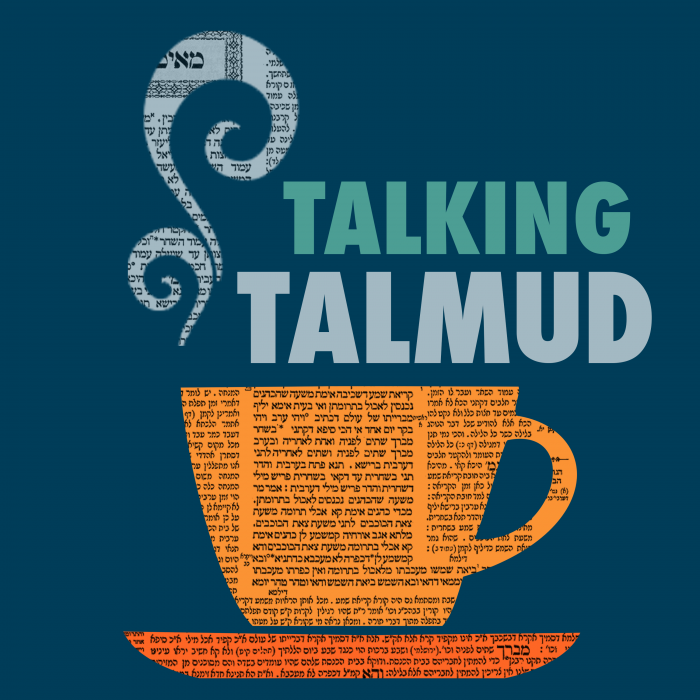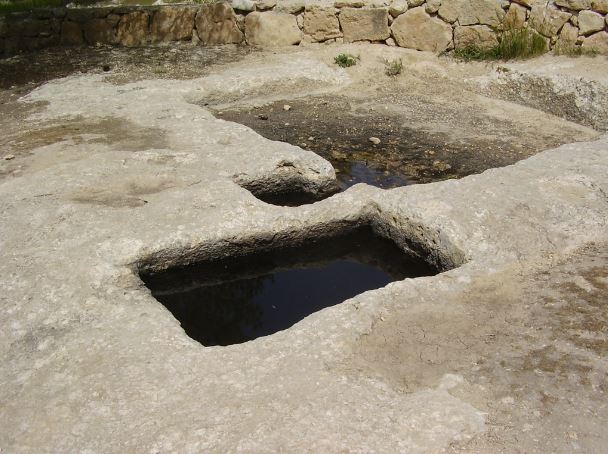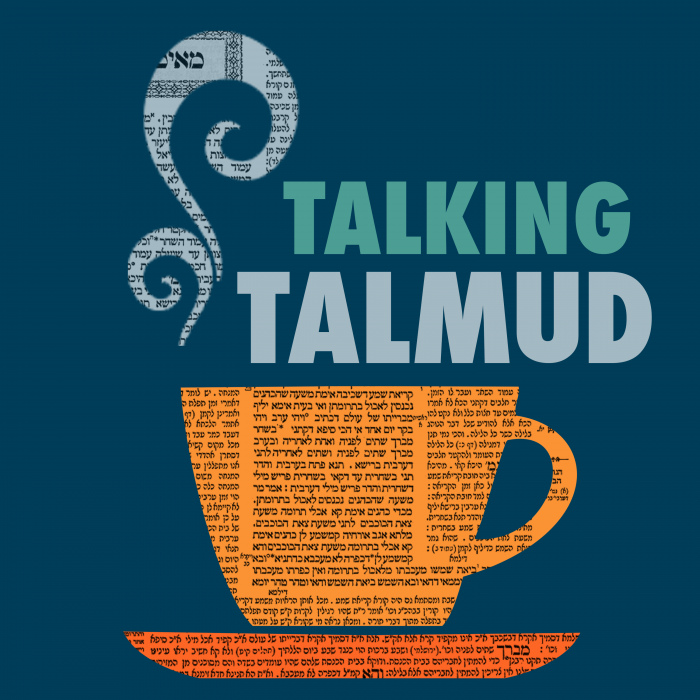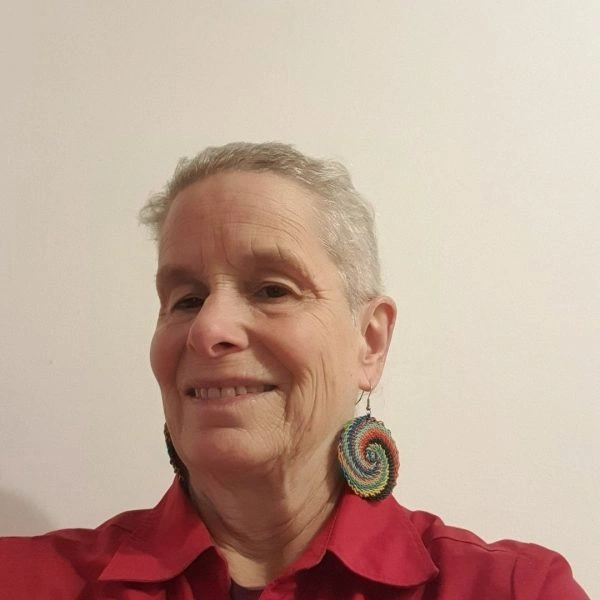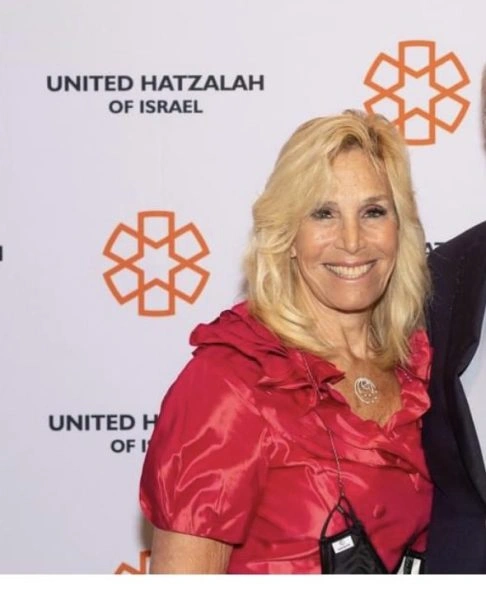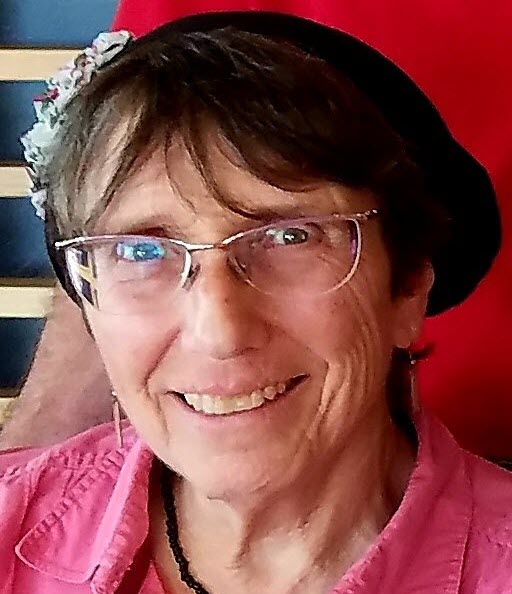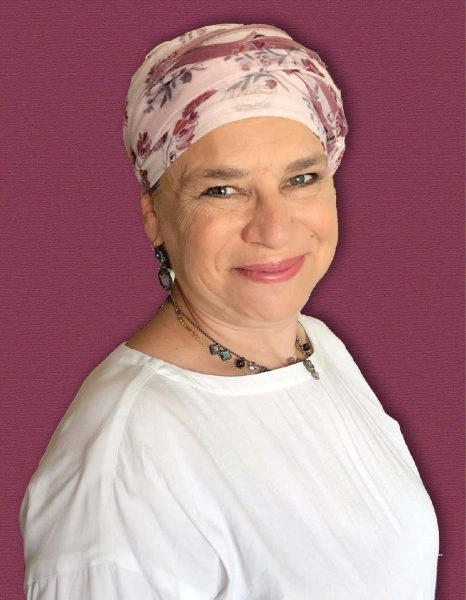Pesachim 45
מִשּׁוּם דְּהָוֵה נָזִיר וְחַטָּאת שְׁנֵי כְתוּבִין הַבָּאִין כְּאֶחָד, וְאֵין מְלַמְּדִין.
due to the fact that the halakhot of a nazirite and those of a sin-offering are two verses that come as one, i.e., to teach the same principle, and two verses that teach the same principle do not teach that principle by analogy.
נָזִיר, הָא דַּאֲמַרַן. חַטָּאת מַאי הִיא? דְּתַנְיָא: ״כֹּל אֲשֶׁר יִגַּע בִּבְשָׂרָהּ יִקְדָּשׁ וְגוֹ׳״, יָכוֹל אֲפִילּוּ לֹא בָּלְעָה? תַּלְמוּד לוֹמַר: ״בִּבְשָׂרָהּ (יִקְדָּשׁ)״ — עַד שֶׁיִּבָּלַע בְּבָשָׂר
The Gemara elaborates: The derivation that a permitted substance joins together with a prohibited substance in the case of a nazirite is that which we stated above. With regard to a sin-offering, what is the derivation that permitted material combines with prohibited material? As it was taught in a baraita with regard to the verse: “Anything that touches in its flesh shall become consecrated” (Leviticus 6:20). I might have thought that non-sacred meat that touched any part of a sin-offering is rendered prohibited even if it did not absorb the taste of the sin-offering it touched. Therefore, the verse states: In its flesh shall become consecrated, to teach that this meat is not consecrated until the taste of the sin-offering is absorbed within its flesh.
״יִקְדָּשׁ״ — לִהְיוֹת כָּמוֹהָ, שֶׁאִם פְּסוּלָה הִיא — תִּיפָּסֵל, וְאִם כְּשֵׁירָה הִיא — תֵּאָכֵל כֶּחָמוּר שֶׁבָּהּ.
The baraita continues: Shall become consecrated means that its legal status becomes like that of the sin-offering itself; that is, if the sin-offering is disqualified, this meat will also be disqualified. And if the sin-offering is valid, the meat that touched it may be eaten in accordance with the more stringent standards of a sin-offering as far as when and where it may be eaten. The principle that a permitted substance joins together with a prohibited substance applies in the case of a sin-offering as well. Therefore, the principle cannot be extended to the entire Torah, as a halakha stated in two cases is not applied elsewhere.
וְרַבָּנַן נָמֵי, נִיהְוֵי נָזִיר וְחַטָּאת שְׁנֵי כְתוּבִין הַבָּאִין כְּאֶחָד, וְאֵין מְלַמְּדִין!
The Gemara asks: And according to the Rabbis as well, let the cases of a nazirite and a sin-offering be considered two verses that come as one and they do not teach the principle that the legal status of taste is like that of the substance with regard to the entire Torah.
אָמְרִי: הָנְהוּ מִיצְרָיךְ צְרִיכִי.
The Gemara answers that the Rabbis say: Both of these cases are necessary as they could not have been derived from each other. Therefore, they are not two verses that come as one and it is possible to derive a principle from these two halakhot.
וְרַבִּי עֲקִיבָא, מַאי צְרִיכִי? בִּשְׁלָמָא אִי כְּתַב רַחֲמָנָא בְּחַטָּאת, לָא גָּמַר נָזִיר מִינַּהּ — דְּחוּלִּין מִקֳּדָשִׁים לָא גָּמְרִינַן. אֶלָּא, לִכְתּוֹב רַחֲמָנָא בְּנָזִיר, וְתֵיתֵי חַטָּאת וְתִגְמוֹר מִינֵּיהּ, דְּהָא כׇּל אִיסּוּרִין שֶׁבַּתּוֹרָה קָא גָמַר מִנָּזִיר.
The Gemara asks: And Rabbi Akiva, who does not derive a general principle from these verses, would respond by asking: In what way are they necessary? Granted, if the Merciful One had written this principle only with regard to a sin-offering, one would not derive the halakha of a nazirite from it, as we do not derive halakhot of non-sacred objects from those of consecrated objects. Certain stringencies and strictures apply only to consecrated property. However, let the Merciful One write this principle with regard to a nazirite, and you could bring the case of the sin-offering and derive it from the case of a nazirite, just as the application of this principle to all prohibitions in the Torah is derived from the halakha of a nazirite. Since this principle is stated in both cases unnecessarily, these are two verses that come as one, and one cannot derive a principle from them.
וְרַבָּנַן אָמְרִי לָךְ, מִיצְרָךְ צְרִיכִי: חַטָּאת לְהֶיתֵּר מִצְטָרֵף לְאִיסּוּר, וְחוּלִּין מִקֳּדָשִׁים לָא גָּמַר, וּ״מִשְׁרַת״ — לִיתֵּן טַעַם כְּעִיקָּר, וּמִכָּאן אַתָּה דָּן לְכׇל הַתּוֹרָה כּוּלָּהּ.
The Gemara asks: And the Rabbis, as they maintain that the principle that the legal status of the taste of a prohibited substance is like that of the substance itself is not limited to these two cases, they would say to you that both sources are necessary. The case of the sin-offering is necessary to derive the principle that a permitted substance joins together with a prohibited substance, as one cannot derive the halakhot of non-sacred food from consecrated property. And the term soaked, which appears in the context of the halakhot of a nazirite, teaches the principle that the legal status of taste is like that of the substance. Since both examples are necessary, they are not considered two verses that come as one, and it is therefore possible to derive a principle from them. And consequently from here you derive the halakha with regard to all of the Torah in its entirety.
וְרַבִּי עֲקִיבָא: תַּרְוַיְיהוּ לְהֶיתֵּר מִצְטָרֵף לְאִיסּוּר, וְהָווּ לְהוּ שְׁנֵי כְתוּבִין הַבָּאִין כְּאֶחָד, וְכׇל שְׁנֵי כְתוּבִין הַבָּאִין כְּאֶחָד אֵין מְלַמְּדִין.
The Gemara asks: And how could Rabbi Akiva respond to this claim? The Gemara answers: Rabbi Akiva would say that both cases teach the principle that a permitted substance joins together with a prohibited substance, and they are indeed two verses that come as one, to teach about the same issue. And the rule is that any two verses that come as one do not teach overarching principles.
אֲמַר לֵיהּ רַב אָשֵׁי לְרַב כָּהֲנָא, אֶלָּא הָא דְּתַנְיָא: ״מִכֹּל אֲשֶׁר יֵעָשֶׂה מִגֶּפֶן הַיַּיִן מֵחַרְצַנִּים וְעַד זָג״ — לִימֵּד עַל אִיסּוּרֵי נָזִיר שֶׁמִּצְטָרְפִים זֶה עִם זֶה. הַשְׁתָּא: לְרַבִּי עֲקִיבָא אִיסּוּר וְהֶיתֵּר מִצְטָרְפִין, אִיסּוּר וְאִיסּוּר מִיבַּעְיָא?!
Rav Ashi said to Rav Kahana: But with regard to that which is taught in a baraita: The verse: “He shall eat nothing that is made of the grapevine, from the grape skins to the grape seed” (Numbers 6:4), taught with regard to prohibitions of a nazirite that these substances join together. If the nazirite ate only a small amount of each substance that when joined together constitute the measure that determines liability, he is liable. Now the following question arises: According to Rabbi Akiva, who maintains that prohibited and permitted substances join together, is it necessary to teach that one prohibited substance joins together with another prohibited substance? Apparently, according to Rabbi Akiva’s opinion, this derivation is unnecessary.
אֲמַר לֵיהּ: אִיסּוּר וְהֶיתֵּר בְּבַת אַחַת, אִיסּוּר וְאִיסּוּר בָּזֶה אַחַר זֶה.
Rav Kahana said to him that this derivation is necessary because the two cases are not identical: Whereas prohibited and permitted substances combine only when they are eaten simultaneously, prohibited and other prohibited substances join together even when eaten one after the other. In other words, if a nazirite eats half an olive-bulk of grape skins and then eats half an olive-bulk of grape seeds, he is liable according to Rabbi Akiva.
מַתְנִי׳ בָּצֵק שֶׁבְּסִידְקֵי עֲרֵיבָה, אִם יֵשׁ כְּזַיִת בְּמָקוֹם אֶחָד — חַיָּיב לְבַעֵר, וְאִם (לֹא) — בָּטֵל בְּמִיעוּטוֹ.
MISHNA: With regard to dough that is in the cracks of a kneading bowl, if there is an olive-bulk of dough in one place, one is obligated to remove it. And if the dough does not add up to this amount, it is nullified due to its insignificance.
וְכֵן לְעִנְיַן הַטּוּמְאָה, אִם מַקְפִּיד עָלָיו — חוֹצֵץ, וְאִם רוֹצֶה בְּקִיּוּמוֹ — הֲרֵי הוּא כַּעֲרֵיבָה.
And similarly, with regard to the halakhot of immersion to purify the bowl from ritual impurity, if one is particular about the dough that is stuck in the cracks and he plans to remove it and use it, it is a foreign substance that interposes between the kneading bowl and the water of the ritual bath, and invalidates the immersion of the bowl, leaving it ritually impure. And if he wants the dough to remain in place, its status is like that of the kneading bowl itself and is not an interposition.
גְּמָ׳ אָמַר רַב יְהוּדָה אָמַר שְׁמוּאֵל: לֹא שָׁנוּ אֶלָּא בִּמְקוֹם שֶׁאֵין עֲשׂוּיִין לְחַזֵּק, אֲבָל בִּמְקוֹם שֶׁעֲשׂוּיִין לְחַזֵּק — אֵינוֹ חַיָּיב לְבַעֵר.
GEMARA: Rav Yehuda said that Shmuel said: They taught that one is obligated to remove a combined olive-bulk of leaven only in a case where the pieces of dough are not in a position where they serve to reinforce the kneading bowl. However, in a case where they serve to reinforce the bowl and they will remain there for this purpose, he is not obligated to remove them; he may simply render them null and void.
מִכְלָל דְּפָחוֹת מִכְּזַיִת — אֲפִילּוּ בִּמְקוֹם שֶׁאֵין עָשׂוּי לְחַזֵּק אֵינוֹ חַיָּיב לְבַעֵר.
The Gemara concludes: This proves by inference that with regard to less than an olive-bulk, even in a place where it does not serve to reinforce the bowl, one is not obligated to remove it.
אִיכָּא דְּמַתְנֵי לַהּ אַסֵּיפָא: ״וְאִם לָאו בָּטֵל בְּמִיעוּטוֹ״. אָמַר רַב יְהוּדָה אָמַר שְׁמוּאֵל: לֹא שָׁנוּ אֶלָּא בִּמְקוֹם הֶעָשׂוּי לְחַזֵּק, אֲבָל בִּמְקוֹם שֶׁאֵין עָשׂוּי לְחַזֵּק — חַיָּיב לְבַעֵר, מִכְּלָל דִּכְזַיִת — אֲפִילּוּ בִּמְקוֹם הֶעָשׂוּי לְחַזֵּק חַיָּיב לְבַעֵר.
Some teach the statement of Rav Yehuda with regard to the latter clause of the mishna: And if the dough is not an olive-bulk, it is nullified due to its insignificance. Rav Yehuda said that Shmuel said: They taught that one is obligated to remove less than an olive-bulk of dough in one place only in a place where it serves to reinforce the bowl; however, in a place where it does not serve to reinforce the bowl, one is obligated to remove it. This proves by inference that if there is an olive-bulk of dough in one place, even in a place where it serves to reinforce the bowl, one is obligated to remove it.
תַּנְיָא כְּלִישָּׁנָא קַמָּא, תַּנְיָא כְּלִישָּׁנָא בָּתְרָא. תַּנְיָא כְּלִישָּׁנָא קַמָּא: בָּצֵק שֶׁבְּסִידְקֵי עֲרֵיבָה, בִּמְקוֹם הֶעָשׂוּי לְחַזֵּק — אֵינוֹ חוֹצֵץ וְאֵינוֹ עוֹבֵר. וּבִמְקוֹם שֶׁאֵין עָשׂוּי לְחַזֵּק — חוֹצֵץ וְעוֹבֵר. בַּמֶּה דְּבָרִים אֲמוּרִים? בִּכְזַיִת, אֲבָל בְּפָחוֹת מִכְּזַיִת — אֲפִילּוּ בִּמְקוֹם שֶׁאֵין עָשׂוּי לְחַזֵּק, אֵינוֹ חוֹצֵץ וְאֵינוֹ עוֹבֵר.
The Gemara comments: It was taught in a baraita in accordance with the first version of Rav Yehuda’s statement, and it was taught in a different baraita in accordance with the latter version of his statement. The Gemara elaborates: It was taught in a baraita in accordance with the first version of Rav Yehuda’s statement: With regard to dough that is in the cracks of a kneading bowl in a place where it is serves to reinforce the bowl, it does not interpose and invalidate the immersion for ritual impurity, and one does not violate the prohibition against having leaven in his possession during Passover. And in a case where it does not serve to reinforce the bowl, it interposes, and one violates the prohibition against having leaven in his possession on Passover. In what case is this statement said? It is in the case of an olive-bulk of dough; however, in a case where there is less than olive-bulk, even in a case where it does not serve to reinforce the bowl, it does not interpose and one does not violate a prohibition by having it in his possession.
וְתַנְיָא כְּלִישָּׁנָא בָּתְרָא: בָּצֵק שֶׁבְּסִידְקֵי עֲרֵיבָה, בִּמְקוֹם הֶעָשׂוּי לְחַזֵּק —
And it was taught in a different baraita in accordance with the latter version of Rav Yehuda’s statement: With regard to dough that is in the cracks of a kneading bowl, in a place where it serves to reinforce the bowl,
אֵינוֹ חוֹצֵץ וְאֵינוֹ עוֹבֵר. בִּמְקוֹם שֶׁאֵין עָשׂוּי לְחַזֵּק — חוֹצֵץ וְעוֹבֵר. בַּמֶּה דְּבָרִים אֲמוּרִים — בְּפָחוֹת מִכְּזַיִת, אֲבָל בִּכְזַיִת — אֲפִילּוּ בִּמְקוֹם הֶעָשׂוּי לְחַזֵּק חוֹצֵץ וְעוֹבֵר.
it does not interpose in the immersion and one does not violate the prohibition against having leaven in his possession during Passover. In a case where the dough does not serve to reinforce the bowl, it interposes in the immersion and one violates the prohibition against owning leaven on Passover. In what case is this statement said? It is in a case where the dough is less than an olive-bulk. However, if it is an olive-bulk, even in a case where it serves to reinforce the bowl it interposes in the immersion and one violates a prohibition by having it in his possession during the Festival.
קַשְׁיָין אַהֲדָדֵי. אָמַר רַב הוּנָא: סְמִי קִילְּתָא מִקַּמֵּי חֲמִירְתָּא.
The Gemara asks: In any case, these baraitot contradict each other. Rav Huna said: Delete the first, lenient baraita from before the stringent one.
רַב יוֹסֵף אָמַר: תַּנָּאֵי שָׁקְלַתְּ מֵעָלְמָא?! תַּנָּאֵי הִיא. דְּתַנְיָא: הַפַּת שֶׁעִיפְּשָׁה — חַיָּיב לְבַעֵר, מִפְּנֵי שֶׁרָאוּי לְשׁוֹחְקָהּ וּלְחַמֵּעַ בָּהּ כַּמָּה עִיסּוֹת אֲחֵרוֹת.
Rav Yosef said: Have you removed the tanna’im from the world? It is a dispute between tanna’im. The baraita is in accordance with the ruling of another Sage and is not the result of a flawed baraita, as it was taught in a baraita: With regard to bread that grew moldy and is no longer edible, one is obligated to remove it, due to the fact that it is suitable to be ground and to leaven other dough. Apparently, one is obligated to remove even inedible leaven.
רַבִּי שִׁמְעוֹן בֶּן אֶלְעָזָר אוֹמֵר: בַּמֶּה דְּבָרִים אֲמוּרִים — בִּמְקוּיֶּימֶת לַאֲכִילָה, אֲבָל כּוֹפֶת שְׂאוֹר שֶׁיִּיחֲדָהּ לִישִׁיבָה — בָּטְלָה. מִדְּאָמַר רַבִּי שִׁמְעוֹן בֶּן אֶלְעָזָר בָּטְלָה, מִכְּלָל דְּתַנָּא קַמָּא סָבַר לֹא בָּטְלָה, אַלְמָא קָסָבַר: כׇּל כְּזַיִת, אַף עַל גַּב דִּמְבַטֵּל — לָא בְּטִיל.
Rabbi Shimon ben Elazar says: In what case is this statement said? In a case where the bread was maintained for consumption; however, a mass of hardened leaven that one designated for the purpose of sitting upon it, not for consumption, is nullified. Rav Yosef infers from the baraita: From the fact that Rabbi Shimon ben Elazar said that this leaven is nullified, this proves by inference that the first tanna maintains that in that case, the leaven is not nullified. Apparently, the first tanna maintains that with regard to any olive-bulk of leaven, even though one renders it null and void, it is not nullified. The respective opinions of these two Sages are presented in the two conflicting baraitot with regard to dough in a bowl.
אֲמַר לֵיהּ אַבָּיֵי: תָּרֵצְתְּ בִּכְזַיִת. פָּחוֹת מִכְּזַיִת מִי תָּרֵצְתְּ? אֶלָּא הָא וְהָא רַבִּי שִׁמְעוֹן בֶּן אֶלְעָזָר הִיא, וְלָא קַשְׁיָא: הָא — בִּמְקוֹם לִישָׁה, הָא — שֶׁלֹּא בִּמְקוֹם לִישָׁה.
Abaye said to him: You resolved the contradiction between the baraitot with regard to an olive-bulk of leaven by establishing it as a tannaitic dispute. According to the first tanna, an olive-bulk of leaven cannot be nullified at all, whereas Rabbi Shimon ben Elazar maintains that it can be nullified. However, did you resolve the contradiction with regard to less than an olive-bulk of leaven? Rather, both this baraita and that baraita are in accordance with the opinion of Rabbi Shimon ben Elazar, and nevertheless it is not difficult. This baraita, where he prohibits the dough in a crack of the bowl, refers to a situation where the dough is in the place in the bowl where kneading takes place, as any dough he later inserts into the bowl will come into contact with the dough in the crack. However, in that case, Rabbi Shimon ben Elazar rules leniently, as the dough is not in the place in the bowl where kneading takes place.
אָמַר רַב אָשֵׁי: לָא תֵּימָא שֶׁלֹּא בִּמְקוֹם לִישָׁה — אַגַּבַּהּ דְאַגָּנָא, אֶלָּא אַשִּׂיפְתָּא דְאַגָּנָא.
Rav Ashi said: Do not say that dough not in the place in the bowl where kneading takes place, refers only to the area on the back of, i.e., outside the basin; rather, it also refers to the area on the edge of the basin, as dough does not come into contact with that part of the bowl.
פְּשִׁיטָא? מַהוּ דְּתֵימָא זִמְנָא דְּאָטֵיף וּמָטֵי לְהָתָם, קָא מַשְׁמַע לַן.
The Gemara asks: This is obvious; why was it necessary to make that statement? The Gemara answers: Rav Ashi’s statement is necessary lest you say that dough sometimes drips there and it should therefore be considered the place in the bowl where kneading takes place. Therefore, the baraita teaches us that this is not the case, and one is not obligated to remove leavened dough from that part of the bowl.
אָמַר רַב נַחְמָן אָמַר רַב: הֲלָכָה כְּרַבִּי שִׁמְעוֹן בֶּן אֶלְעָזָר.
Rav Naḥman said that Rav said: The halakha is in accordance with the opinion of Rabbi Shimon ben Elazar that a mass of leaven designated for the purpose of sitting upon is nullified.
אִינִי? וְהָאָמַר רַב יִצְחָק בַּר אָשֵׁי אָמַר רַב: אִם טָח פָּנֶיהָ בְּטִיט — בָּטְלָה. טָח אִין, לֹא טָח — לָא!
The Gemara asks: Is that so? Didn’t Rav Yitzḥak bar Ashi say that Rav said: If one covered the surface of a mass of leaven with mortar, the leaven is nullified? The Gemara infers: If he covered it with mortar, yes, it is nullified; however, if he did not cover it with mortar, no, it is not nullified. In this statement, Rav states that a mass of leaven is nullified only if it is covered with mortar.
מַאן דְּמַתְנֵי הָא לָא מַתְנֵי הָא.
The Gemara answers: He who teaches this statement does not teach that statement, as there is a dispute between amora’im with regard to Rav’s opinion.
אִיכָּא דְּאָמְרִי, אָמַר רַב נַחְמָן אָמַר רַב: אֵין הֲלָכָה כְּרַבִּי שִׁמְעוֹן בֶּן אֶלְעָזָר, דְּאָמַר רַב יִצְחָק בַּר אָשֵׁי אָמַר רַב: אִם טָח פָּנֶיהָ בְּטִיט — בָּטְלָה וְכוּ׳.
Some say an alternative version of the above statement. Rav Naḥman said that Rav said: The halakha is not in accordance with the opinion of Rabbi Shimon ben Elazar, as Rav Yitzḥak bar Ashi said that Rav said: If one covered the surface of a mass of leaven with mortar, it is nullified. This ruling indicates that if one did not cover the surface with mortar, the leavened dough is not nullified, in accordance with the opinion of the first tanna.
אָמַר רַב נַחְמָן אָמַר שְׁמוּאֵל: שְׁנֵי חֲצָאֵי זֵיתִים וְחוּט שֶׁל בָּצֵק בֵּינֵיהֶן, רוֹאִין: כׇּל שֶׁאִילּוּ יִנָּטֵל הַחוּט וְנִיטָּלִין עִמּוֹ — חַיָּיב לְבַעֵר. וְאִם לָאו — אֵינוֹ חַיָּיב לְבַעֵר.
Rav Naḥman said that Shmuel said: With regard to two half-olive-bulk portions of leavened dough with a string of dough connecting between them, one observes: In any case that were the string taken and the portions are taken with it, one is obligated to remove the dough, as the string unites them into an olive-bulk of leaven. And if the portions are not taken with it, one is not obligated to remove them.
אָמַר עוּלָּא: לָא אֲמַרַן אֶלָּא בַּעֲרֵיבָה, אֲבָל בַּבַּיִת — חַיָּיב לְבַעֵר.
Ulla said: We stated this leniency that it is not necessary to remove half-olive-bulk portions of leavened dough only when the segments are in a kneading bowl, stuck separately to the sides of the bowl. However, if they are located in a house, one is obligated to remove them even in the absence of a string of dough connecting the two pieces.
מַאי טַעְמָא, דְּזִימְנִין דְּכָנֵישׁ לְהוּ וְנָפְלִי גַּבֵּי הֲדָדֵי.
What is the reason for this? It is because a person will sometimes gather them when cleaning his house and they will fall adjacent to each other. If this occurs, the two portions will form an olive-bulk of leavened dough.
אָמַר עוּלָּא: בָּעוּ בְּמַעְרְבָא, בַּיִת וַעֲלִיָּיה מַהוּ? בַּיִת וְאַכְסַדְרָא מַהוּ? שְׁנֵי בָתִּים זֶה לִפְנִים מִזֶּה מַהוּ?
Ulla said: The Sages raise a dilemma in the West, Eretz Yisrael: If one piece of leavened bread was in the main area of a house and the other piece was in the upper story, what is the halakha? If one piece is in the house and the other is in a portico, what is the halakha? Similarly, if the two segments are in two houses, one inside the other, what is the halakha?
תֵּיקוּ.
The Gemara states: Let these dilemmas stand unresolved.
תָּנוּ רַבָּנַן: הַפַּת שֶׁעִיפְּשָׁה וְנִפְסְלָה מִלֶּאֱכוֹל לָאָדָם, וְהַכֶּלֶב יָכוֹל לְאוֹכְלָהּ — מְטַמְּאָה טוּמְאַת אוֹכָלִין בִּכְבֵיצָה, וְנִשְׂרֶפֶת עִם הַטְּמֵאָה בַּפֶּסַח. מִשּׁוּם רַבִּי נָתָן אָמְרוּ: אֵינָהּ מְטַמְּאָה.
The Sages taught: With regard to bread that grew moldy and was rendered inedible for consumption by a person, but a dog can eat it, it can become impure with the ritual impurity of foods in the measure of an egg-bulk in size, as it is still considered food. If the moldy bread was ritually pure teruma, it may be burned with ritually impure teruma on Passover. Once the bread is no longer fit for human consumption, the prohibition against actively rendering it impure no longer applies. They said in the name of Rabbi Natan: It cannot become ritually impure.
כְּמַאן אָזְלָא הָא דִּתְנַן, כְּלָל אָמְרוּ בִּטְהָרוֹת: כׇּל הַמְיוּחָד לְאוֹכֶל אָדָם — טָמֵא עַד שֶׁיִּפָּסֵל מִלֶּאֱכוֹל לְכֶלֶב. כְּמַאן — דְּלָא כְּרַבִּי נָתָן.
The Gemara asks: In accordance with whose opinion is that which we learned in a mishna: The Sages stated a principle with regard to ritual purity: Any food that is designated as food for a person that becomes impure remains ritually impure until it is rendered unfit to be consumed by a dog. The Gemara reiterates: In accordance with whose opinion is that statement? The Gemara answers: It is not in accordance with the opinion of Rabbi Natan, as his statement indicates that food designated as food for a person is rendered ritually pure as soon as it becomes unfit to be eaten by a person.
תָּנוּ רַבָּנַן: עֲרֵיבַת הָעַבְּדָנִין שֶׁנָּתַן לְתוֹכָהּ קֶמַח, תּוֹךְ שְׁלֹשָׁה יָמִים — חַיָּיב לְבַעֵר. קוֹדֶם שְׁלֹשָׁה יָמִים אֵינוֹ חַיָּיב לְבַעֵר. אָמַר רַבִּי נָתָן: בַּמֶּה דְּבָרִים אֲמוּרִים — שֶׁלֹּא נָתַן לְתוֹכָהּ עוֹרוֹת, אֲבָל נָתַן לְתוֹכָהּ עוֹרוֹת — אֲפִילּוּ תּוֹךְ שְׁלֹשָׁה אֵין חַיָּיב לְבַעֵר.
The Sages taught: With regard to tanners’ bowls into which one placed flour in the production process of leather, if the flour was placed within three days of the start of Passover, one is obligated to remove it, as it is still considered edible leaven. However, if one added the flour prior to three days before Passover, one is not obligated to remove the contents of the bowl, as the flour will have already been rendered inedible by the odor of the vessel before the beginning of Passover, and is no longer considered edible. Rabbi Natan said: In what case is this statement said? In a case where one did not place animal hides into the bowl; however, if one placed hides into the bowl, even if Passover is within three days of when he placed the flour in the bowl, he is not obligated to remove the flour. Once the foul-smelling hides are placed in the bowl, the flour is certainly no longer edible.
אָמַר רָבָא: הֲלָכָה כְּרַבִּי נָתָן, אֲפִילּוּ יוֹם אֶחָד וַאֲפִילּוּ שָׁעָה אַחַת.
Rava said: The halakha is in accordance with the opinion of Rabbi Natan with regard to this issue. Consequently, there is no set time at which the flour is considered spoiled, as it is considered inedible even one day or even one hour after hides were added to the bowl.
וְכֵן לְעִנְיַן טוּמְאָה, אִם מַקְפִּיד עָלָיו — חוֹצֵץ, וְאִם רוֹצֶה בְּקִיּוּמוֹ — הֲרֵי הוּא כַּעֲרֵיבָה.
We learned in the mishna: And similarly, with regard to the halakhot of immersion to purify the bowl from ritual impurity, if one is particular about the dough that is stuck in the cracks and he plans to remove it and use it, it is a foreign substance that interposes between the kneading bowl and the water of the ritual bath, and invalidates the immersion of the bowl, leaving it ritually impure. And if he wants the dough to remain in place, its status is like that of the kneading bowl itself and is not an interposition.
מִי דָּמֵי? הָתָם — בְּשִׁיעוּרָא תַּלְיָא מִילְּתָא. הָכָא — בִּקְפִידָא תַּלְיָא מִילְּתָא!
The Gemara asks: Is it comparable? How can the mishna compare the halakhot of leaven on Passover to the halakhot of interpositions that invalidate an immersion to purify from ritual impurity? There, with regard to leaven, the matter is contingent upon the measure of the dough, as an olive-bulk of leaven is prohibited. Here, with regard to interpositions that invalidate an immersion, the matter is contingent upon whether or not one is particular about the presence of the dough. In other words, with regard to interpositions it is the attitude of the owner of the bowl that is the decisive factor, not the quantity of the dough.
אָמַר רַב יְהוּדָה, אֵימָא: וּלְעִנְיַן הַטּוּמְאָה אֵינוֹ כֵּן.
The Gemara answers that Rav Yehuda said: Say that the mishna should be read: And with regard to interpositions that invalidate an immersion to purify from ritual impurity, it is not so, as it is not the quantity of the dough but the particularity of the owner that is the decisive factor.
אֲמַר לֵיהּ אַבָּיֵי: הָא ״וְכֵן לְעִנְיַן טוּמְאָה״ קָתָנֵי! אֶלָּא אָמַר אַבָּיֵי, הָכִי קָאָמַר: וְכֵן
Abaye said to him: Doesn’t the mishna teach: And similarly with regard to ritual impurity. The text of the mishna cannot be so drastically emended merely to resolve a difficulty. Rather, Abaye said: This is what the mishna is saying: And similarly



